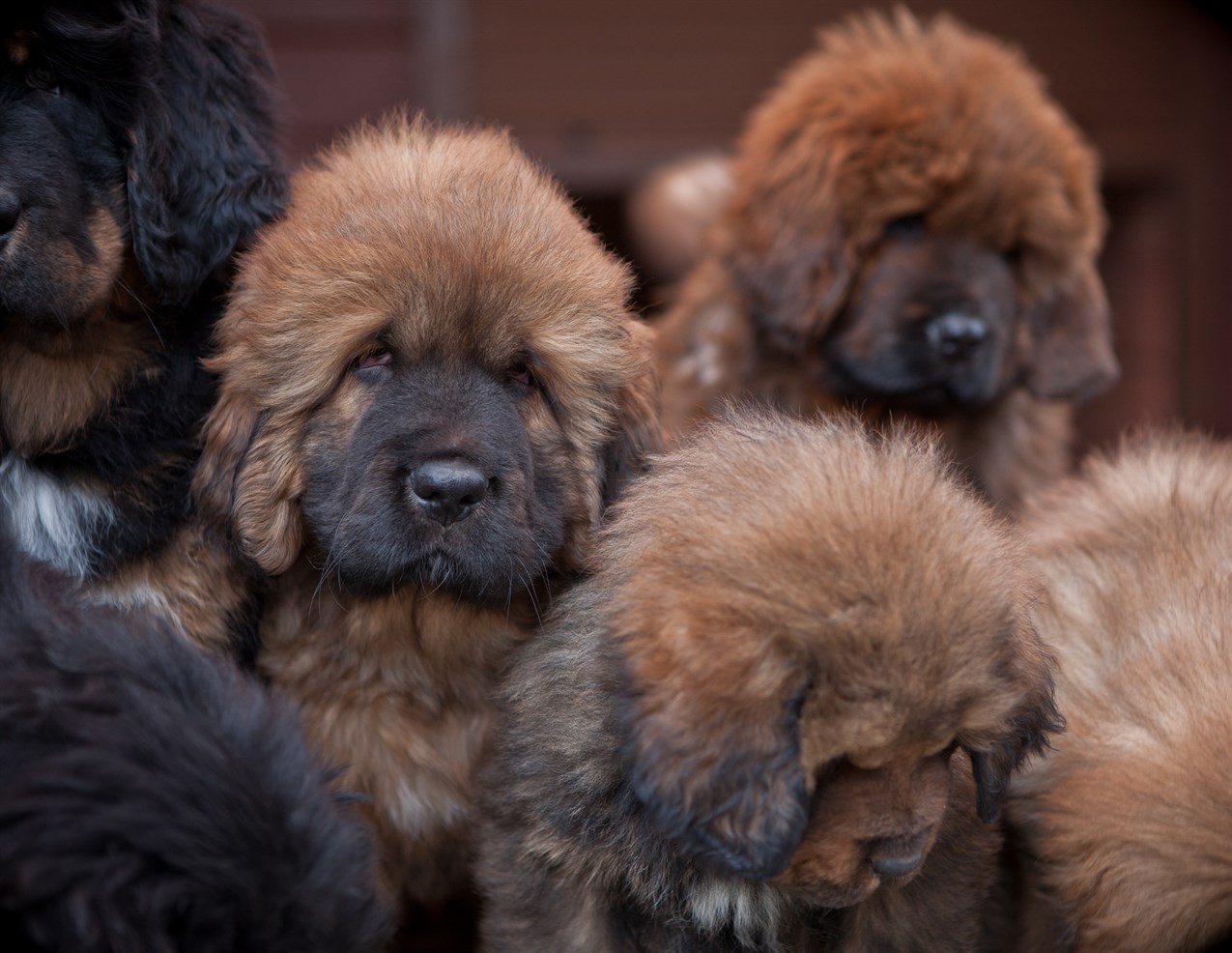Disadvantages of Owning a Tibetan Mastiff

While Tibetan Mastiffs are majestic and loyal dogs with many admirable qualities, it's essential for potential owners to be aware of the potential downsides and challenges associated with this breed. Here are some of the disadvantages of owning a Tibetan Mastiff.
Size and Strength
Tibetan Mastiffs are large, powerful dogs. Their size alone can be intimidating, and they can unintentionally knock over small children or elderly individuals if not properly trained and controlled.
Independent Nature
Tibetan Mastiffs are known for their independent and strong-willed nature. They may not always be eager to please or quick to obey commands, which can make training more challenging for inexperienced owners.
Protective Instincts
While their protective instincts can be an asset, they can also be a disadvantage if not properly managed. Tibetan Mastiffs may be wary of strangers and require early socialisation to ensure they don't become overly aggressive or reactive.
Exercise Requirements
Although they are not as high-energy as some breeds, Tibetan Mastiffs still require regular exercise and mental stimulation. Failing to meet their exercise needs can lead to boredom and undesirable behaviours.
Grooming Needs
Tibetan Mastiffs have a thick double coat that requires regular grooming. Their shedding can be heavy during certain seasons, which means increased grooming and potential allergen issues for sensitive individuals.
Drooling
Some Tibetan Mastiffs are prone to drooling, especially after eating or drinking. This can be messy and may not be suitable for those who prefer a cleaner living environment.
Health Concerns
Like many large breeds, Tibetan Mastiffs are prone to certain health issues, including hip dysplasia, elbow dysplasia, and bloat. This can result in costly veterinary bills and require ongoing care.
Not Suitable for Novice Owners
Tibetan Mastiffs are not recommended for first-time dog owners due to their size, independent nature, and training requirements. They are best suited for experienced owners who can provide strong leadership and consistent training.
Space Requirements
Tibetan Mastiffs require ample space to move around comfortably. They may not be suitable for apartment living or small homes with limited outdoor space.
Commitment to Training and Socialisation
Proper training and socialisation are crucial for Tibetan Mastiffs. Failing to invest time in these areas can lead to behavioural issues, including aggression or fearfulness.
Potential Aggression Issues
Poorly socialised or mistreated Tibetan Mastiffs may exhibit aggression, which can pose risks to family members and visitors. It's essential to raise them in a loving and well-structured environment.
In conclusion, owning a Tibetan Mastiff can be a rewarding experience for those who are well-prepared and committed to meeting their unique needs. However, it's important to be aware of the potential disadvantages, including their size, independent nature, grooming requirements, and the need for proper training and socialisation. Prospective owners should carefully assess their lifestyle, experience level, and willingness to invest time and effort into caring for and training a Tibetan Mastiff before bringing one into their home.
Tibetan Mastiff puppies for sale
- Find Tibetan Mastiff puppies for sale in ACT
- Find Tibetan Mastiff puppies for sale in NSW
- Find Tibetan Mastiff puppies for sale in NT
- Find Tibetan Mastiff puppies for sale in QLD
- Find Tibetan Mastiff puppies for sale in SA
- Find Tibetan Mastiff puppies for sale in TAS
- Find Tibetan Mastiff puppies for sale in VIC
- Find Tibetan Mastiff puppies for sale in WA